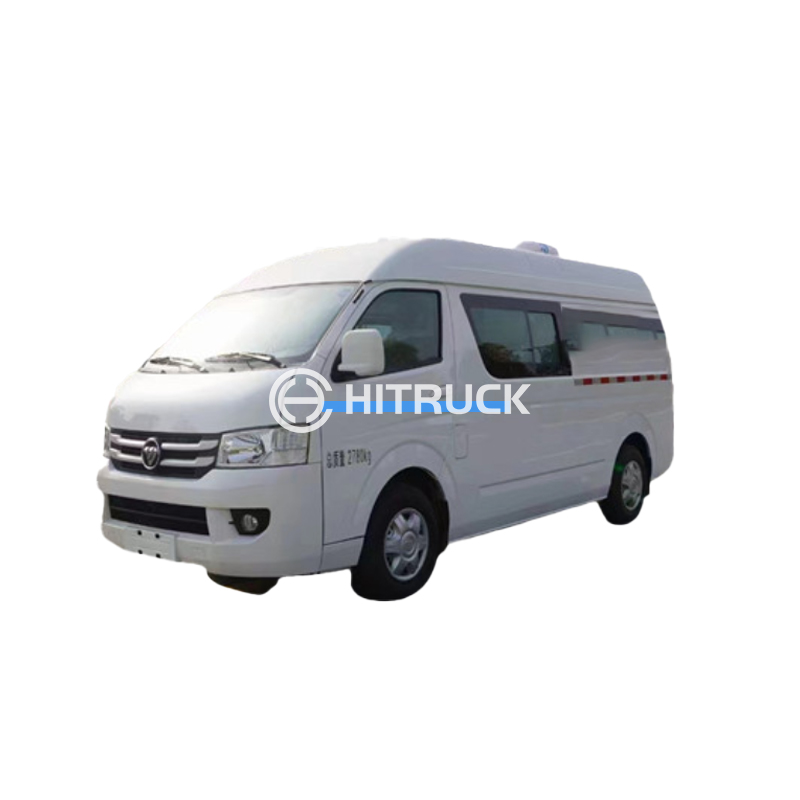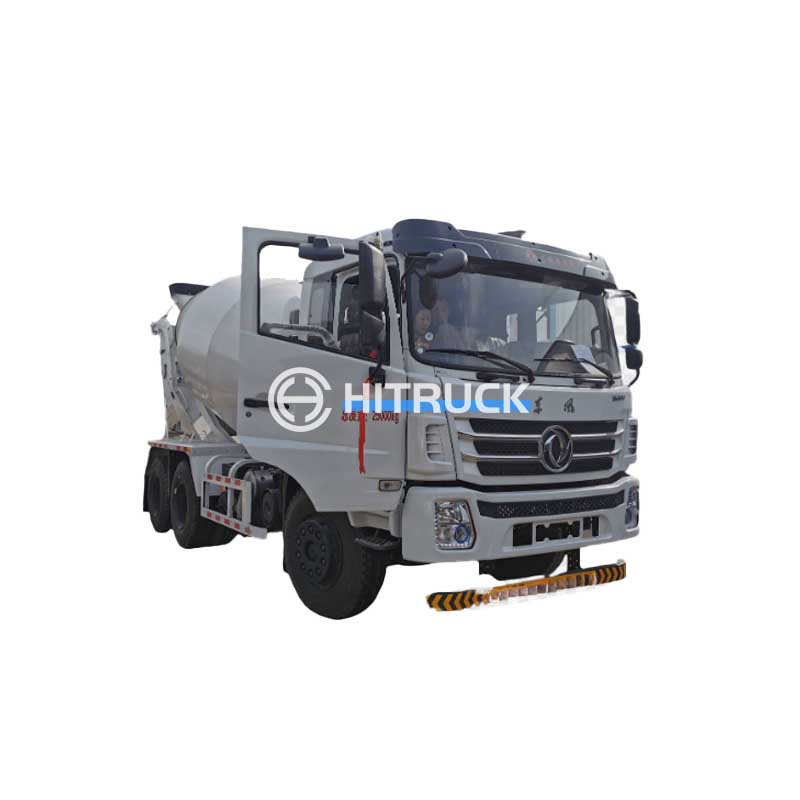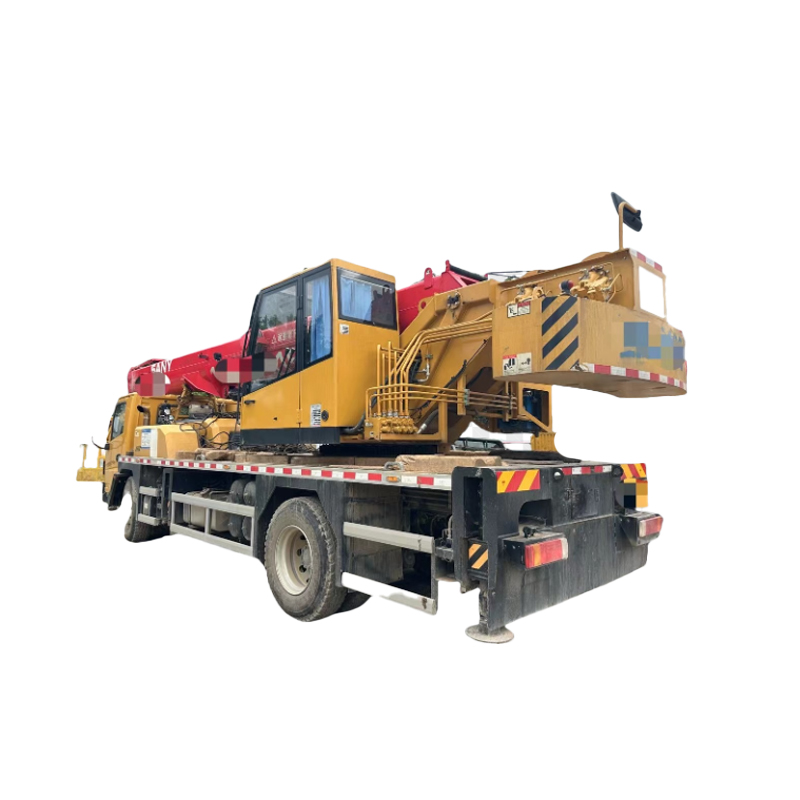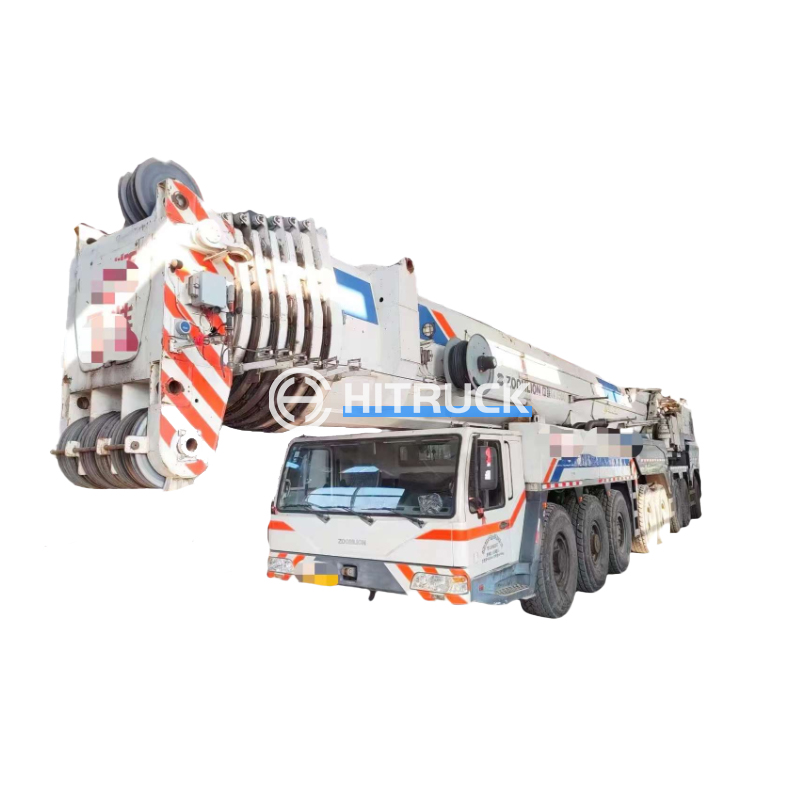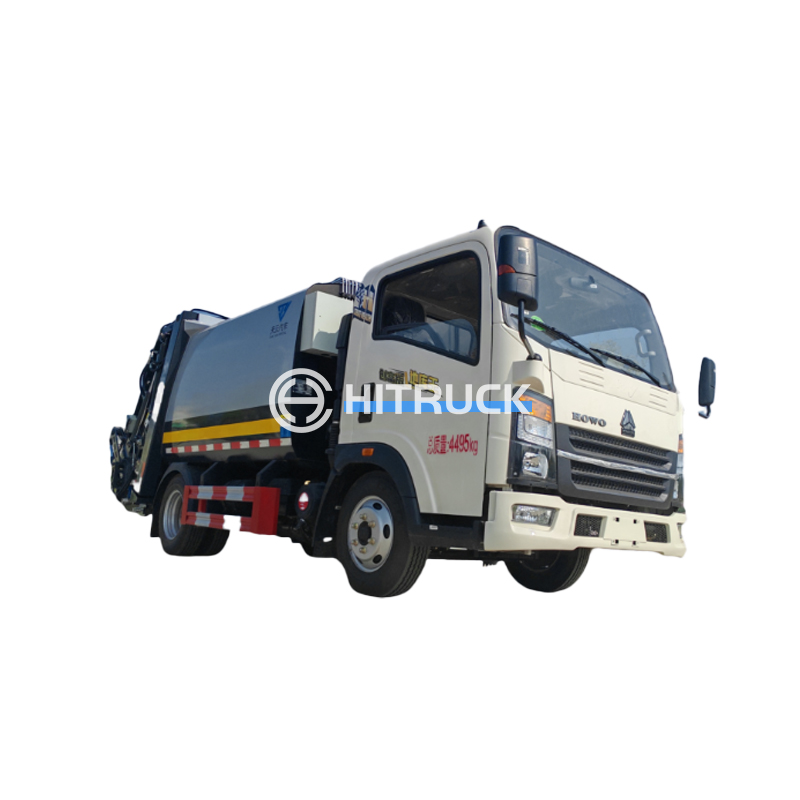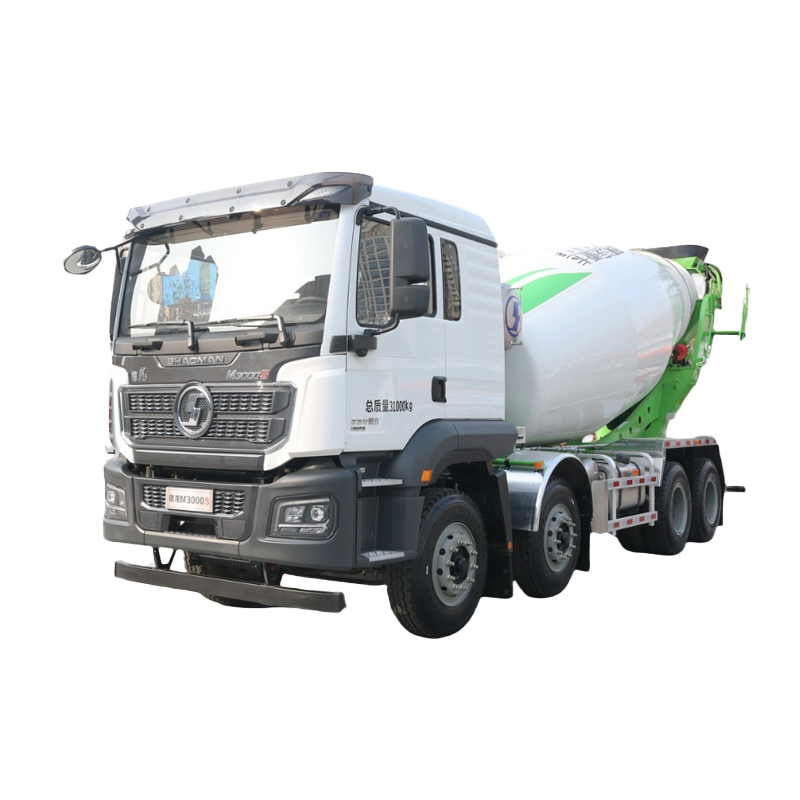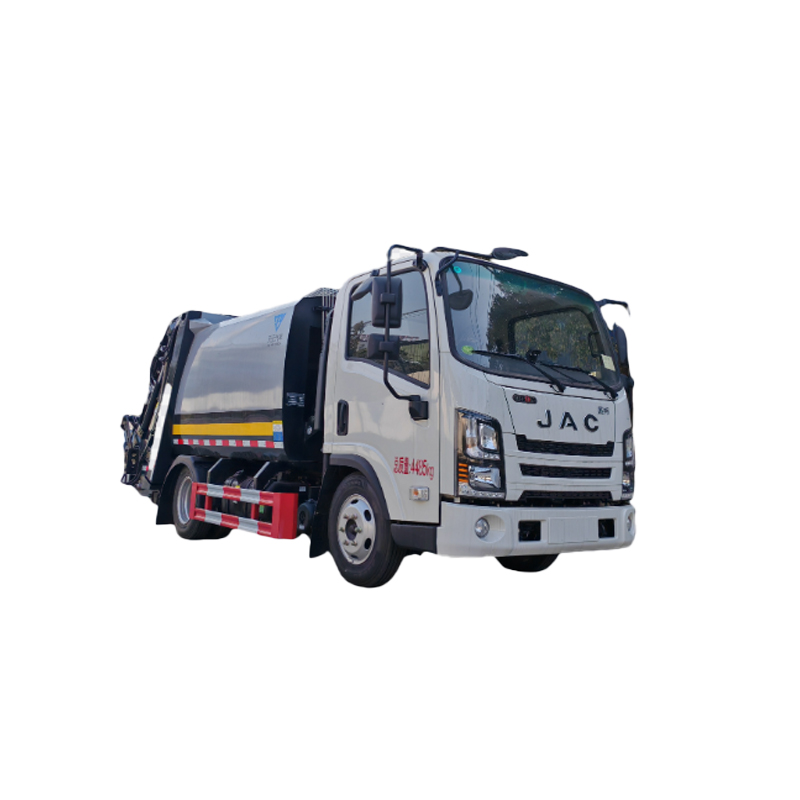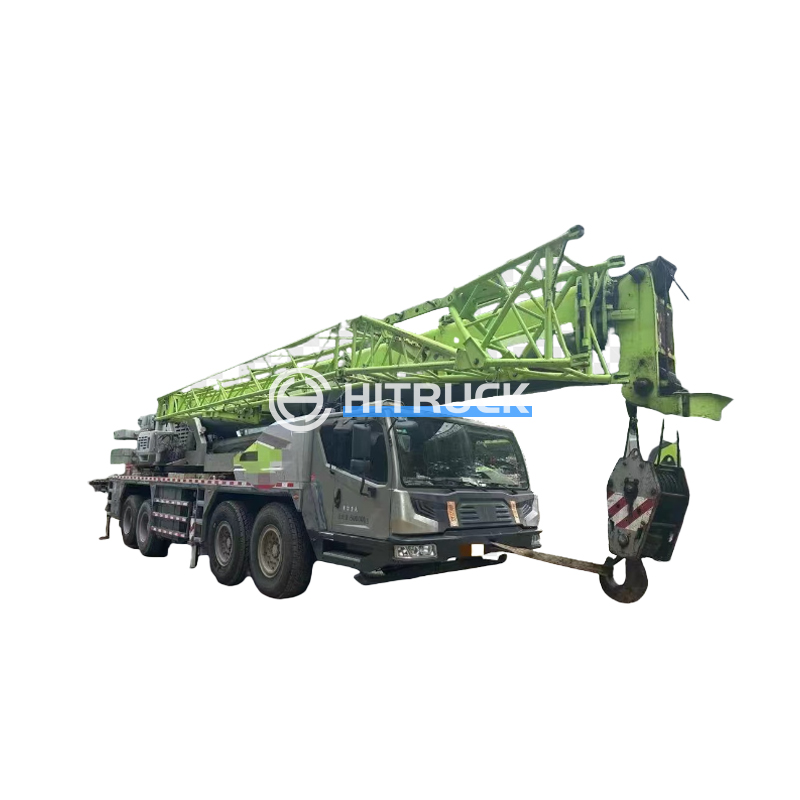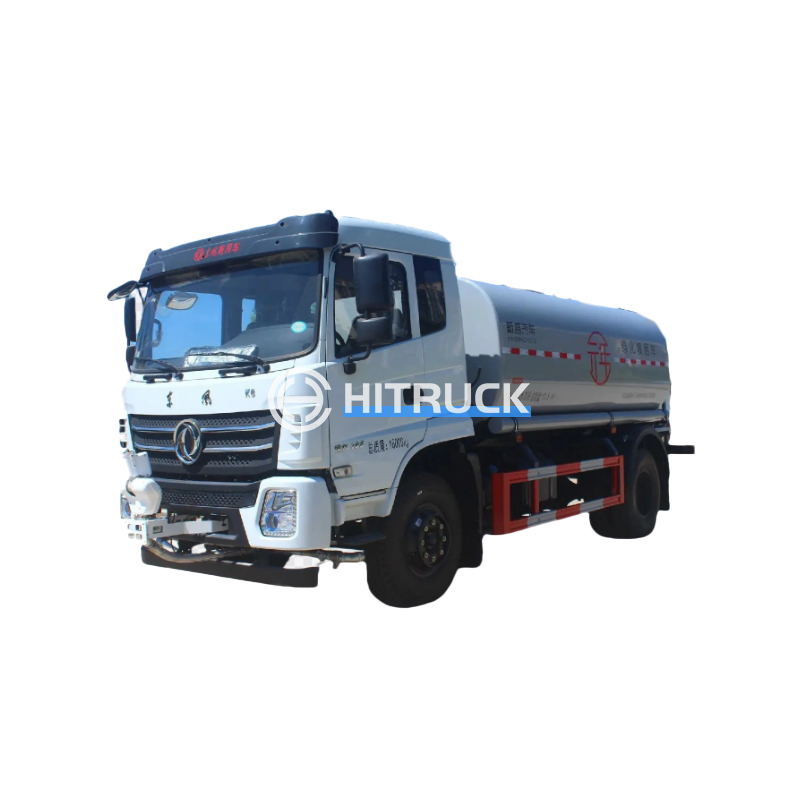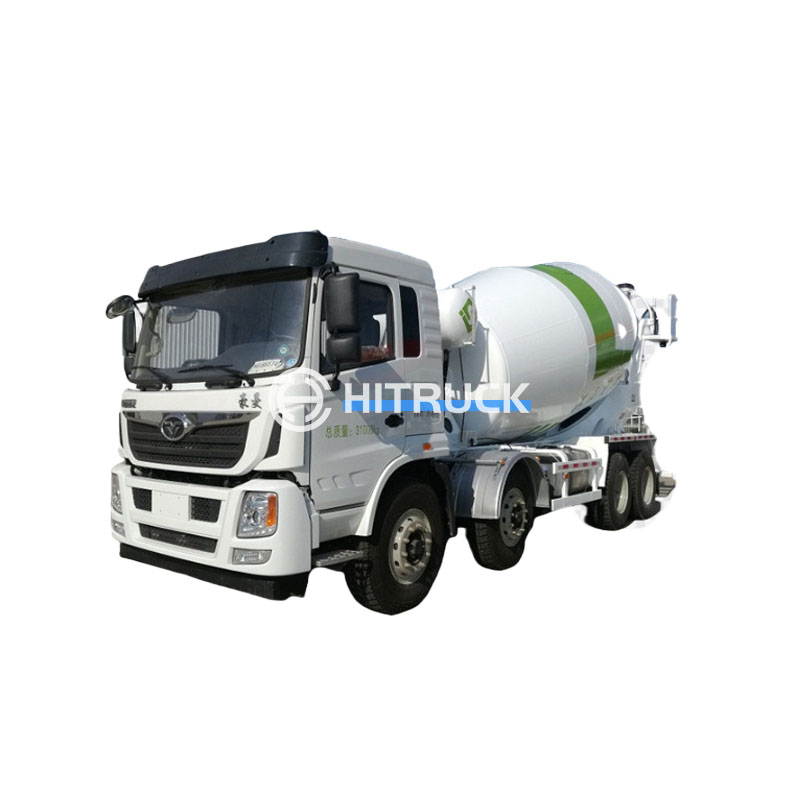Low Headroom Overhead Cranes: A Comprehensive GuideLow headroom overhead cranes are essential for facilities with height restrictions. This guide explores their design, applications, advantages, and considerations for selection and installation. We'll cover key factors to ensure safe and efficient operation.
In industrial settings where vertical space is at a premium, low headroom overhead cranes offer a crucial solution for material handling. These cranes are designed to operate within minimal headroom clearances, making them ideal for facilities with low ceilings or other height limitations. This guide provides a comprehensive overview of low headroom overhead cranes, exploring their features, benefits, and considerations for successful implementation.
Low headroom overhead cranes differ from standard overhead cranes primarily in their bridge design. They often employ a more compact bridge structure, utilizing specialized mechanisms to minimize the overall height. Key components include the bridge, trolley, hoist, end carriages, and the supporting runway system. The hoist mechanism typically uses electric motors for lifting and traversing the load. The trolley moves horizontally along the bridge, while the bridge itself moves along the runway beams, allowing for movement across the entire workspace. Careful consideration of the weight capacity (SWL), span, and lift height is vital during the selection process.
Several types of low headroom overhead cranes cater to specific needs. These include:
The versatility of low headroom overhead cranes makes them suitable for a wide range of industries and applications. Common uses include:
Choosing a low headroom overhead crane offers several key advantages:
Selecting the right low headroom overhead crane requires careful consideration of several factors:
Proper installation and regular maintenance are crucial for the safe and efficient operation of low headroom overhead cranes. Professional installation is recommended to ensure the crane is correctly aligned and integrated with the existing building structure. Regular inspections, lubrication, and repairs are vital for extending the lifespan of the crane and preventing potential safety hazards. For expert advice and sales of high-quality cranes, explore the options at Suizhou Haicang Automobile sales Co., LTD.
Low headroom overhead cranes provide a practical and efficient solution for material handling in space-constrained environments. By carefully considering the factors outlined above, you can select and implement a crane system that optimizes your operational efficiency and ensures worker safety. Remember to always prioritize safety and comply with all relevant safety regulations.

